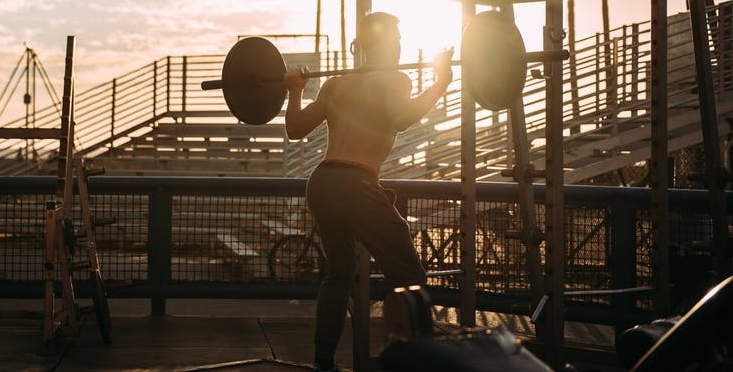Squats remain one of the most effective exercises for strengthening the lower quarter and improving sports performance. It also is a very efficient exercise in the gym because it targets most of the important leg muscles and works them through a large range of motion. The downside of a squat is its’ difficulty. Many people struggle to perform a squat properly or perform the exercise with an excessive load sacrificing their form in the process. Most commonly, people will compensate with a forward lean increasing the load on their spine and pelvis instead of placing the load across the proper joints and muscles. A loss of ankle mobility also contributes to this forward lean and some individuals have learned to squat with their heels lifted (ex: on a weight plate) to improve their mechanics.
A recent research study in the Journal of Strength and Conditioning Research examined the biomechanics between a flat footed or heels lifted squat (Charlton et al. 2017). 14 trained men performed a weighted back squat in two conditions: barefoot and with their heels lifted by a 1 inch block. As expected less forward lean was found on the squat when the athletes heels were lifted.
To learn more about improving your squat performance and mechanics seek out care of a knowledgeable, local Physical Therapist.

